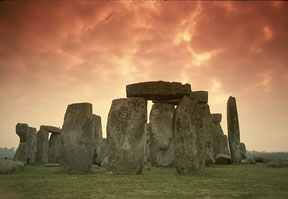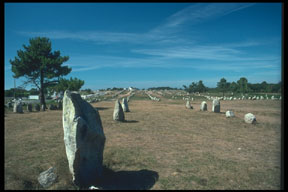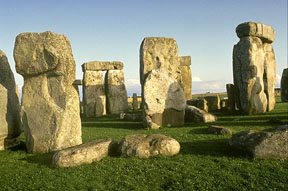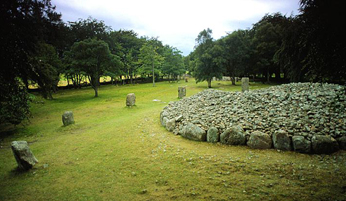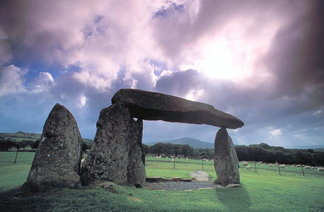Astronomy Regions of Interest
These regions are ones that are of most interest in the astronomy of long ago, i.e., it will mainly cover regions where people were practicing astronomy from 4,000 B.C. to the age of modern astronomy (1687 when Newton issued his universal Law of Gravitation). We will of course be adding to this section frequently! If you would like to see a region or event added to this list, please submit your suggestion to our comments system.
| Region |
Points of Interest (Places and People from this region) |
|---|---|
| Africa | Ancient Egyptian Astronomy Aristrachus - first estimation of Earth-Sun distance Eratosthenes - circumference of the Earth |
| Babylonia | Ancient Babylonian Astronomy |
| British Isles | Newgrange Passage Tomb Stonehenge Stone Monument The founding of archeoastronomy |
| Central America | Ancient Maya Astronomy |
| China | Ancient Chinese Astronomy |
| Denmark | Tycho Brahe - incredible naked-eye astronomer |
| France | The Stones of Carnac |
| Germany | Johann Bayer - Bayer system of star designation Kepler - Laws of Planetary Motion |
| Greece | Ancient Greek Astronomy Hipparchus - first star map Ptolemy - geocentric theory of the universe |
| Italy |
Galileo - used one of the 1st telescopes The megalithic structures at Fossa |
| Netherlands | Hans Lippershey, inventor of the telescope |
| North America | Ancient Native American astronomy |
| Poland | Copernicus - heliocentric theory of the universe |
| Roman Empire | Ancient Roman Astronomy Julian calendar (solar calendar) |
| Scotland | The Cairns of Clava |
| South America | Ancient Inca Astronomy |
| Wales | The Dolmen megalithic structure of Pentre Ifan in Wales |
Last modified February 5, 2000 by Jennifer Bergman.







